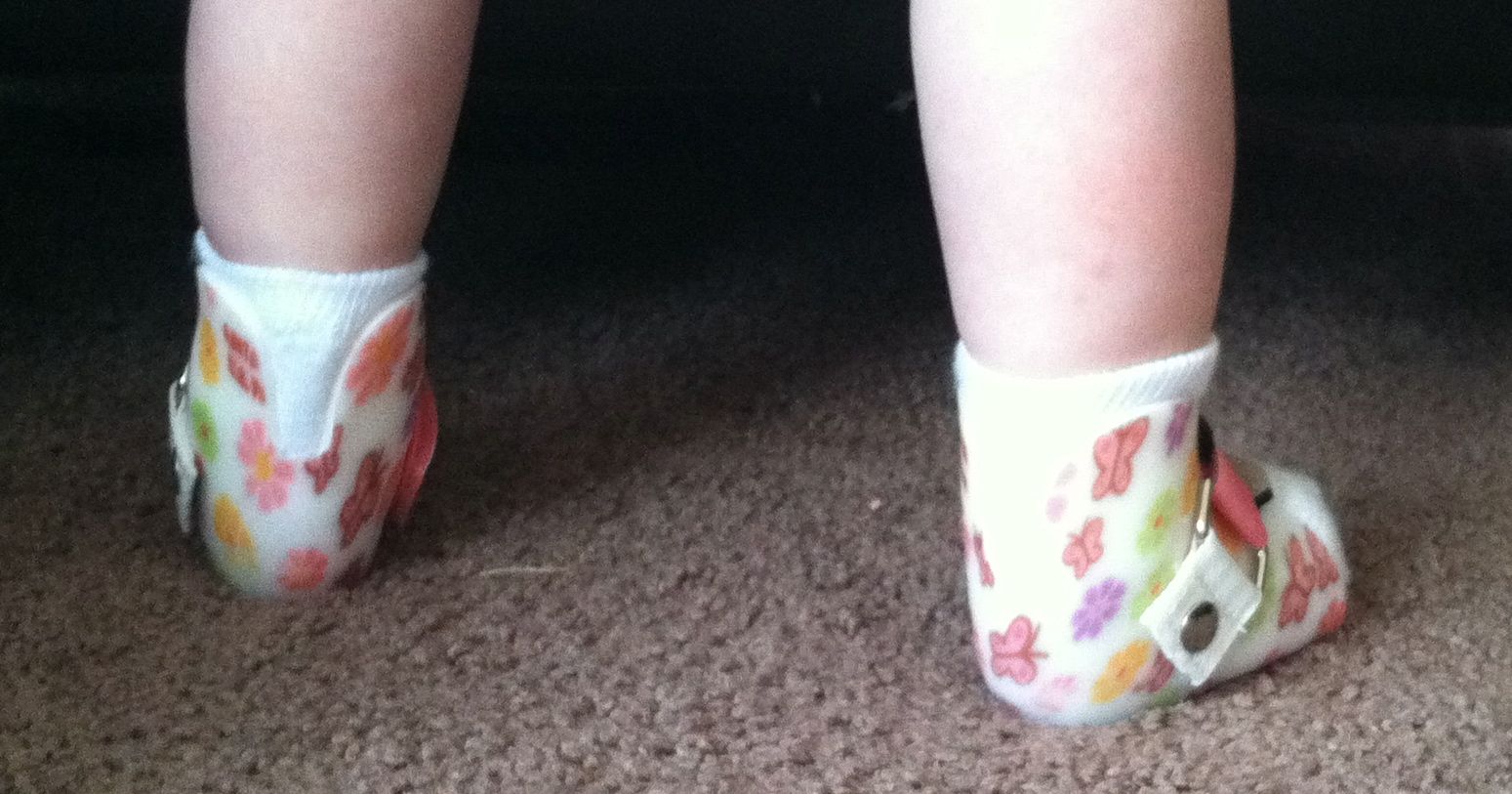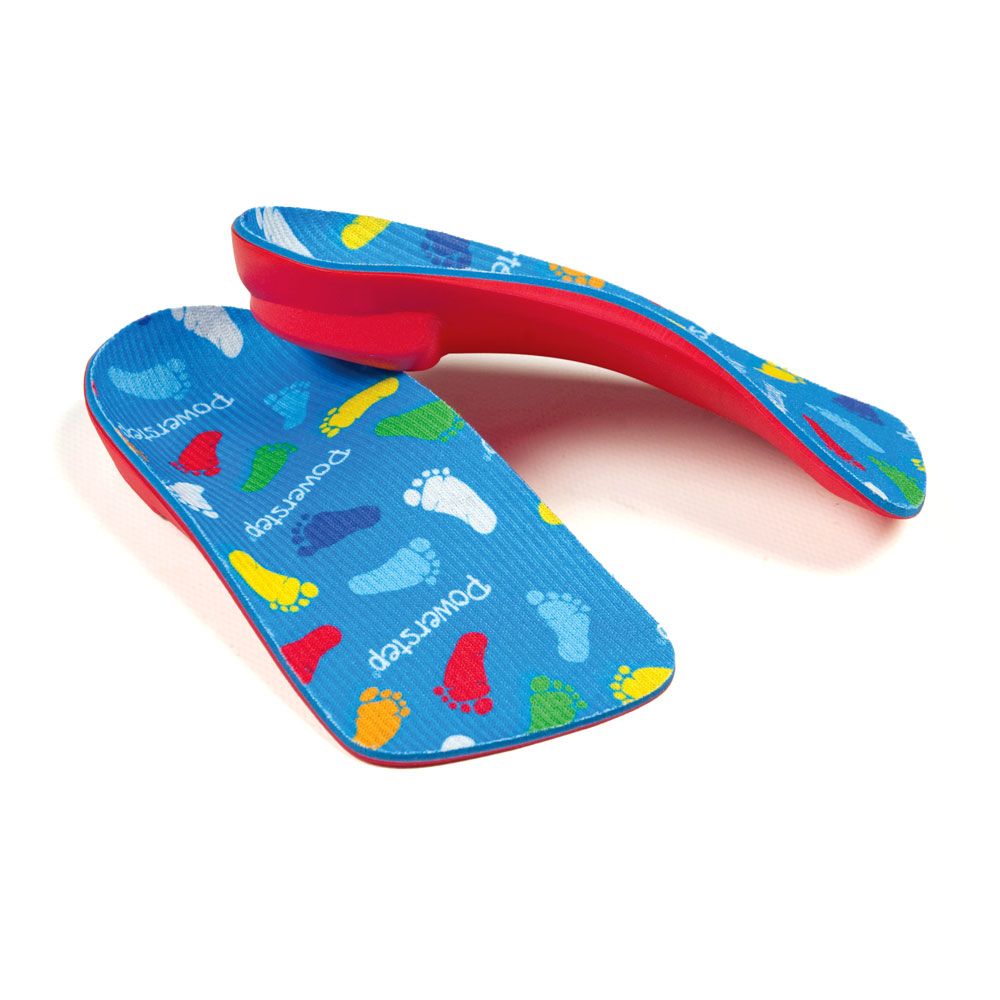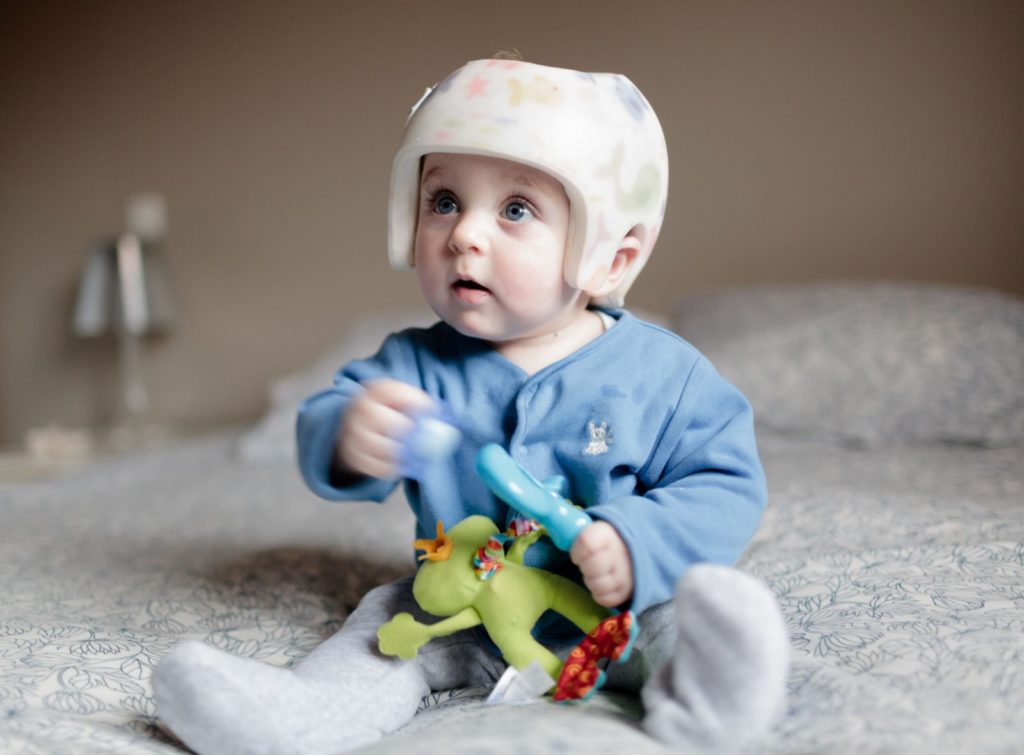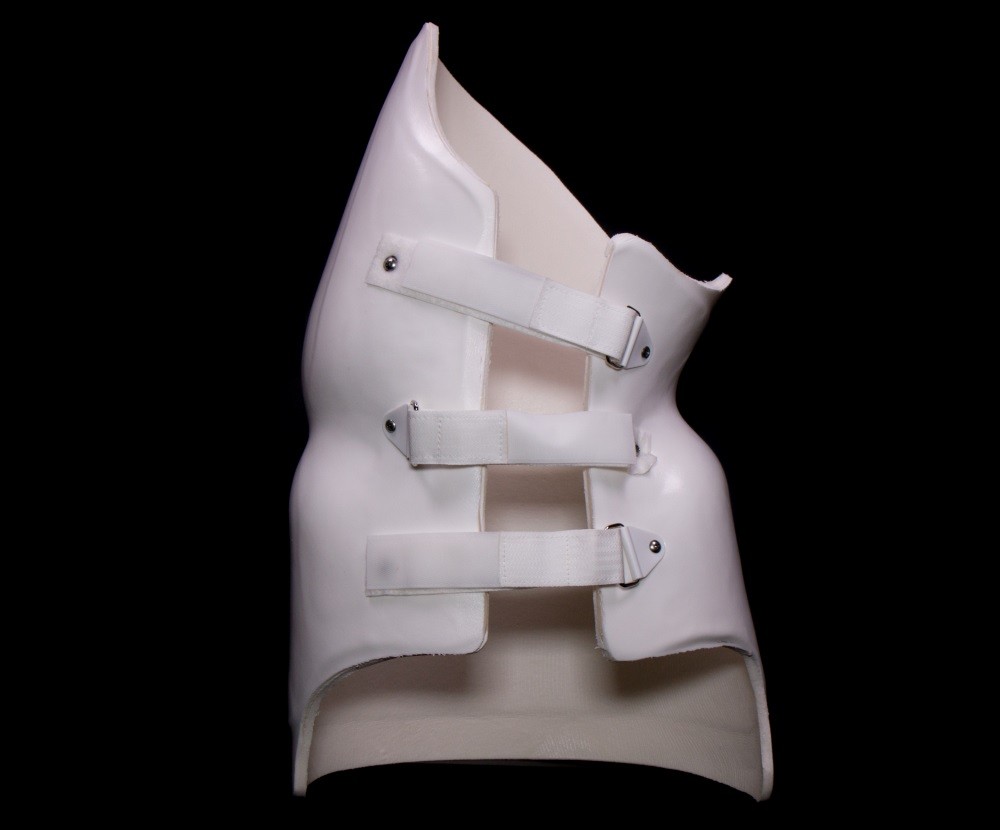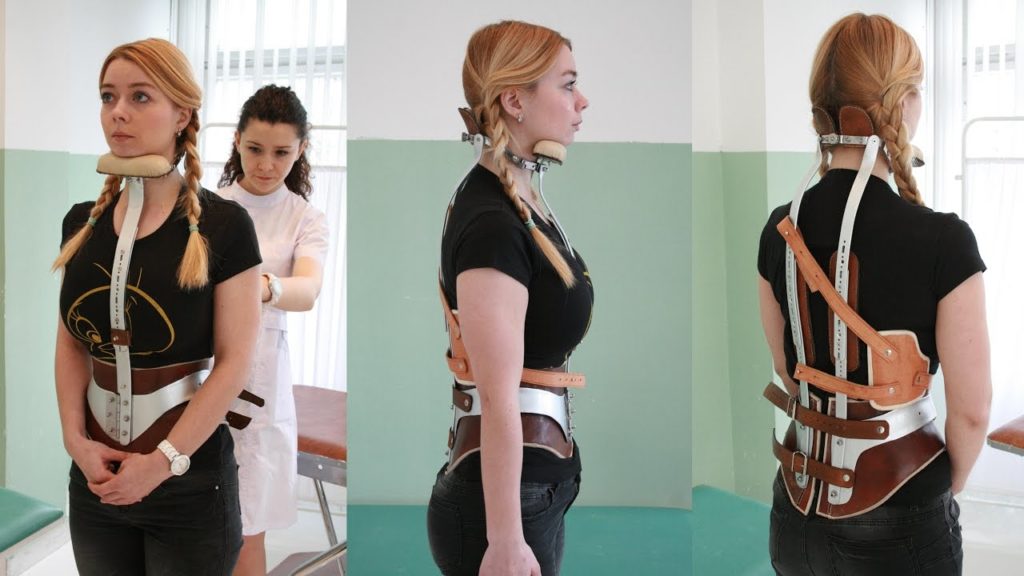Dynamic Ankle Foot Orthosis (DAFO)
A DAFO (Dynamic Ankle Foot Orthosis) is a lower extremity braces that provide thin, flexible, external support to the foot, ankle and/or lower leg. They have the particularity to fit firmly to the ankle and correct concisely the foot deformity within special pressure points. It is designed to help in improving mobility and stability of the ankle joint and evidence shows that immediate gross motor function improved with the use of DAFO’s as well. Designed to help a patient maintain a functional position, a DAFO can improve stability for successful standing and walking.



